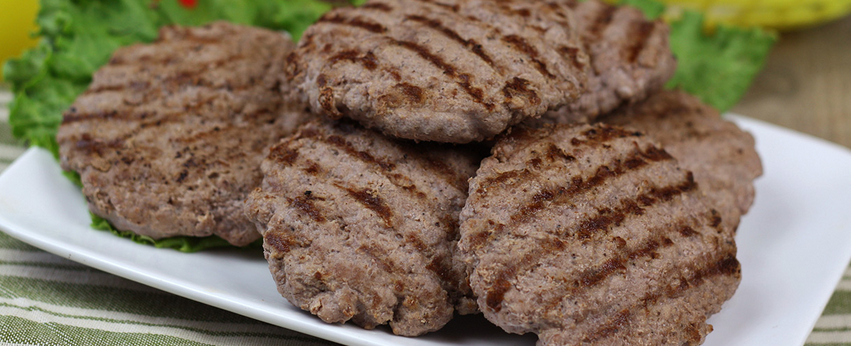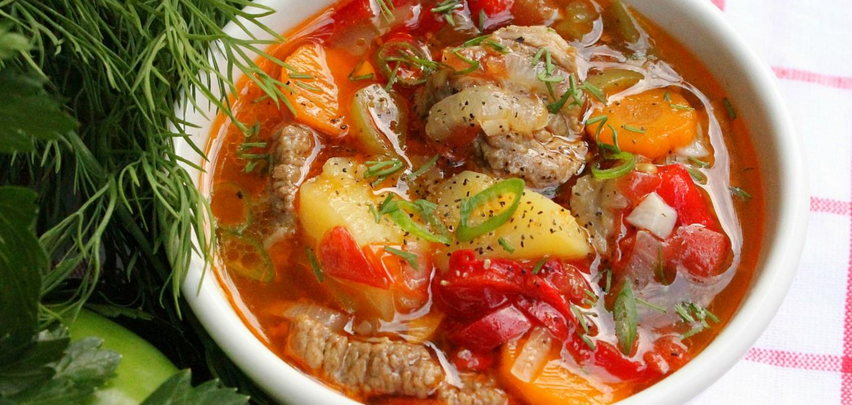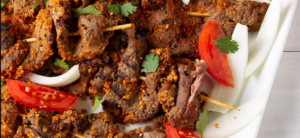Low-Calorie Beef Patties: A Healthy Chef’s Approach
Why Low-Calorie Doesn’t Mean Low Satisfaction
“Low-calorie” shouldn’t be synonymous with “flavorless” or “dry.” I’ve worked with clients over the years who’ve tried everything from plain grilled chicken to steamed vegetables, thinking it’s the only route to healthy eating. But here’s the truth: food can be clean and craveable — and beef patties are no exception.
My approach to a healthier beef patty focuses not on stripping things down to bare minimums, but on choosing each ingredient with intention. You need the right cut of beef, a touch of moisture, the right seasoning balance, and a cooking technique that honors the protein — not abuses it. A good lean beef patty should feel satisfying in the mouth, hold together without crumbling, and still hit the macros you’re after.
Choosing the Right Ground Beef
Let’s start with the meat. I always reach for 93/7 ground beef — that’s 93% lean and 7% fat. This ratio is ideal for texture: it retains enough fat to stay juicy, but doesn’t overdo it. Lower fat blends like 96/4 can be tempting on paper, but in the pan, they tend to go from lean to lifeless fast.
I also experiment sometimes by blending in 10–15% ground turkey breast — just enough to lower the calorie load while keeping the familiar beef flavor. But it’s optional. The star here is lean, responsibly sourced beef.
Texture matters as much as flavor. I prefer beef that has been freshly ground rather than pre-packed bricks. Freshly ground beef has better moisture retention and gives you more control over consistency — important if you want your patties to hold shape and cook evenly.
How I Build Flavor Without Calories
Flavor in a patty doesn’t come from fat alone. I introduce moisture and complexity through finely grated onion, which not only hydrates the mix but melts into the patty as it cooks. Garlic brings that familiar, savory base note, and I always add a bit of Dijon mustard — not enough to dominate, but just enough to lift the flavor and brighten the beef.
Instead of fillers like white bread or starchy binders, I use a tablespoon of rolled oats or fine whole-wheat breadcrumbs. They give structure without excess carbs. A single egg white is my go-to binder. If I’m cooking for someone who needs the calories, I’ll allow a whole egg.
Seasoning is crucial. Salt and cracked black pepper are non-negotiables. Occasionally, I’ll add a pinch of smoked paprika for warmth or fresh chopped parsley for freshness — but I don’t overcomplicate. The goal is to highlight the beef, not bury it.
Cooking With Care
Once the patties are formed — and I don’t pack them too tightly — I make sure to press a slight indentation in the center. This small step helps them cook evenly and prevents bulging in the middle. A good sear is essential, whether you’re using a grill, cast-iron skillet, or nonstick pan. Medium-high heat is where I live — enough to brown without drying.
The cooking time is short: about four to five minutes per side. You want the internal temperature to hit 160°F (71°C), but don’t press on the patties or flip them multiple times. Let the heat do its work. Once cooked, I rest the patties for a few minutes — this lets juices redistribute instead of leaking out on first bite.
Nutritional Value (Per Patty)
Each patty delivers around 195 calories. You get about 25 grams of high-quality protein, just 8 grams of fat, and a negligible amount of carbs — barely 3 grams, depending on your binding choice. It’s a great option for athletes, meal preppers, or anyone trying to manage energy intake without giving up hearty meals.
| Nutrient | Amount |
|---|---|
| Calories | ~195 kcal |
| Protein | 25g |
| Fat | 8g |
| Carbohydrates | 3g |
| Fiber | <1g |
| Sodium | 340mg |
Serving Suggestions That Don’t Ruin the Health Benefits
When I serve these patties, I stay away from heavy, refined buns. I might go with crisp lettuce leaves as a wrap or place the patty over a bowl of warm quinoa, spinach, and roasted vegetables. A spoon of Greek yogurt with lemon zest makes for a bright, creamy sauce that adds tang without adding calories.
Another favorite pairing: mashed cauliflower with roasted garlic. It gives the feel of a classic comfort meal — meat and mash — but keeps the meal light and digestible.
Final Thought From a Chef
This isn’t diet food. It’s just smart food. Cooking lean doesn’t mean punishing yourself or eating bland, repetitive meals. It means knowing what to enhance, what to skip, and how to bring ingredients together with intention.
When you learn how to work with lean beef properly, you realize how much richness it can still deliver. These patties have become a staple in my kitchen — not just for health, but because they’re genuinely good.
You won’t miss the fat. You’ll taste the effort.





Post Comment